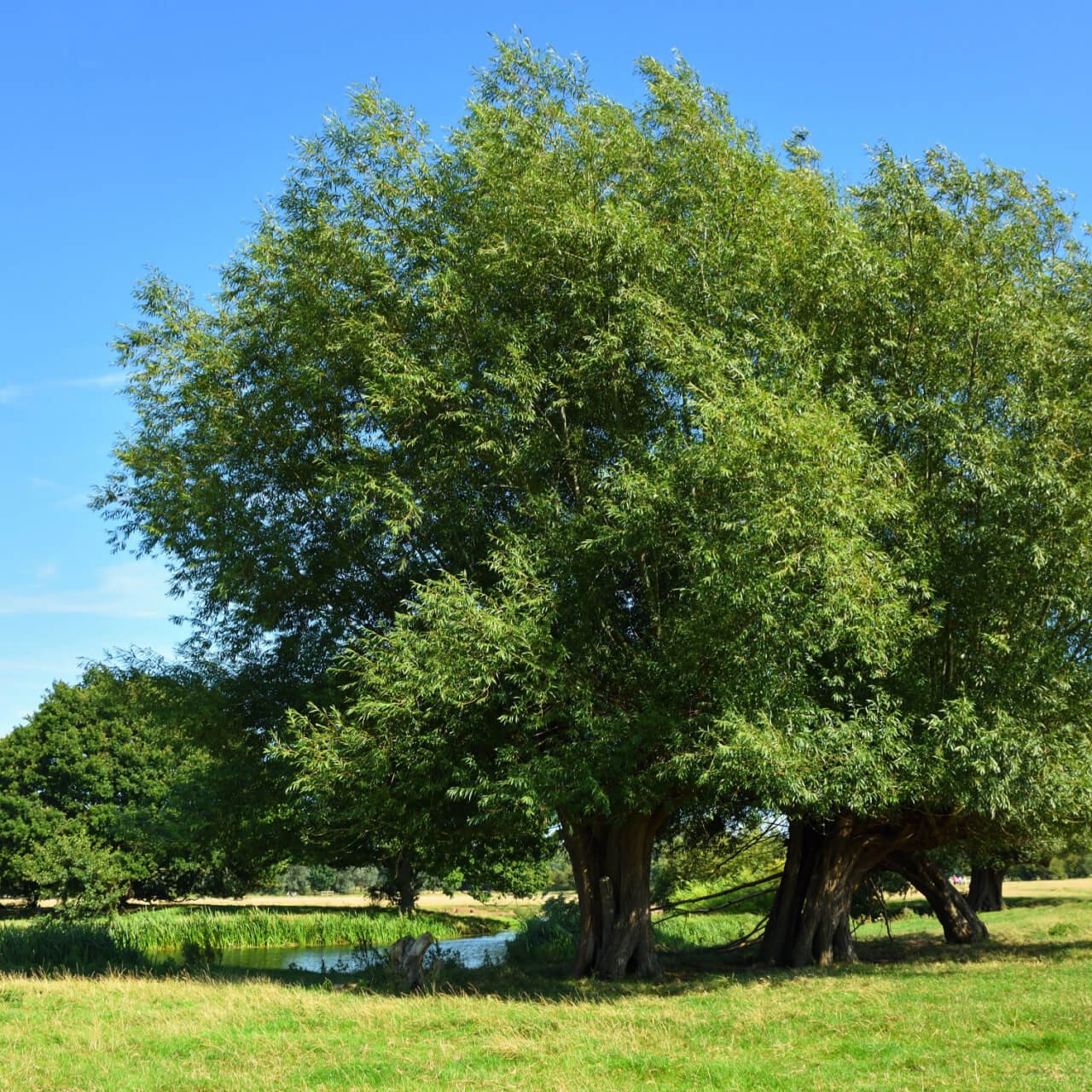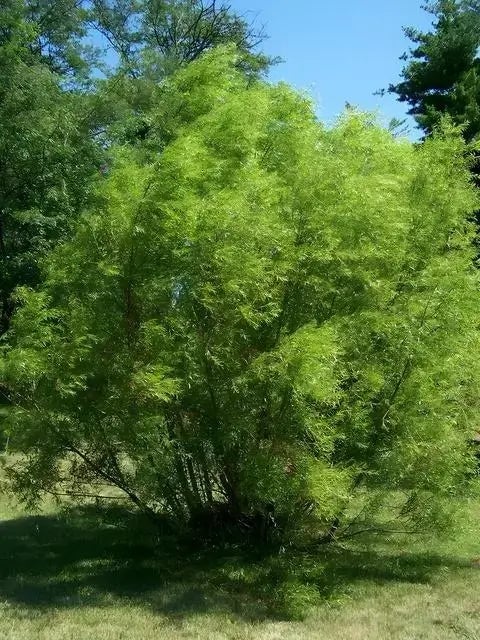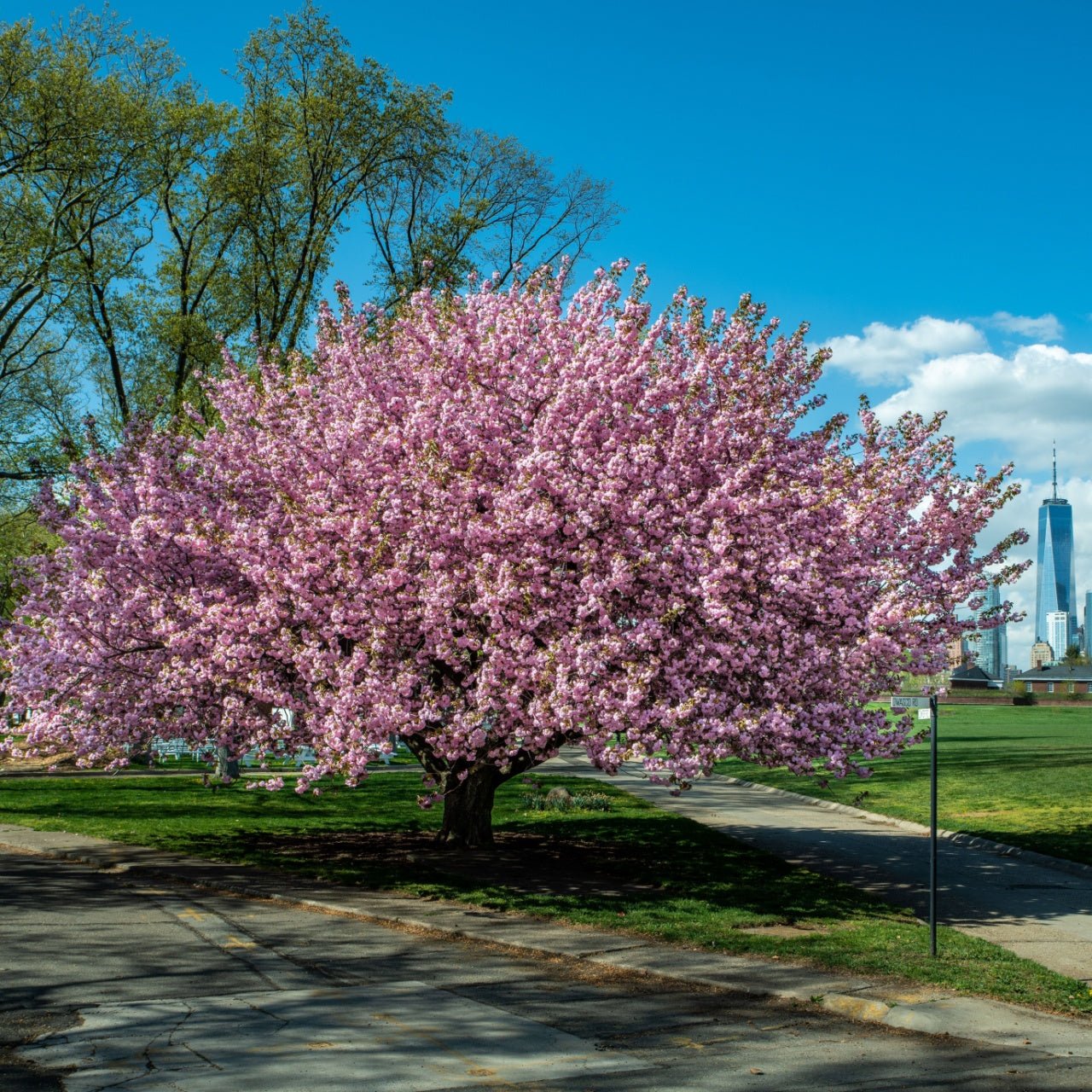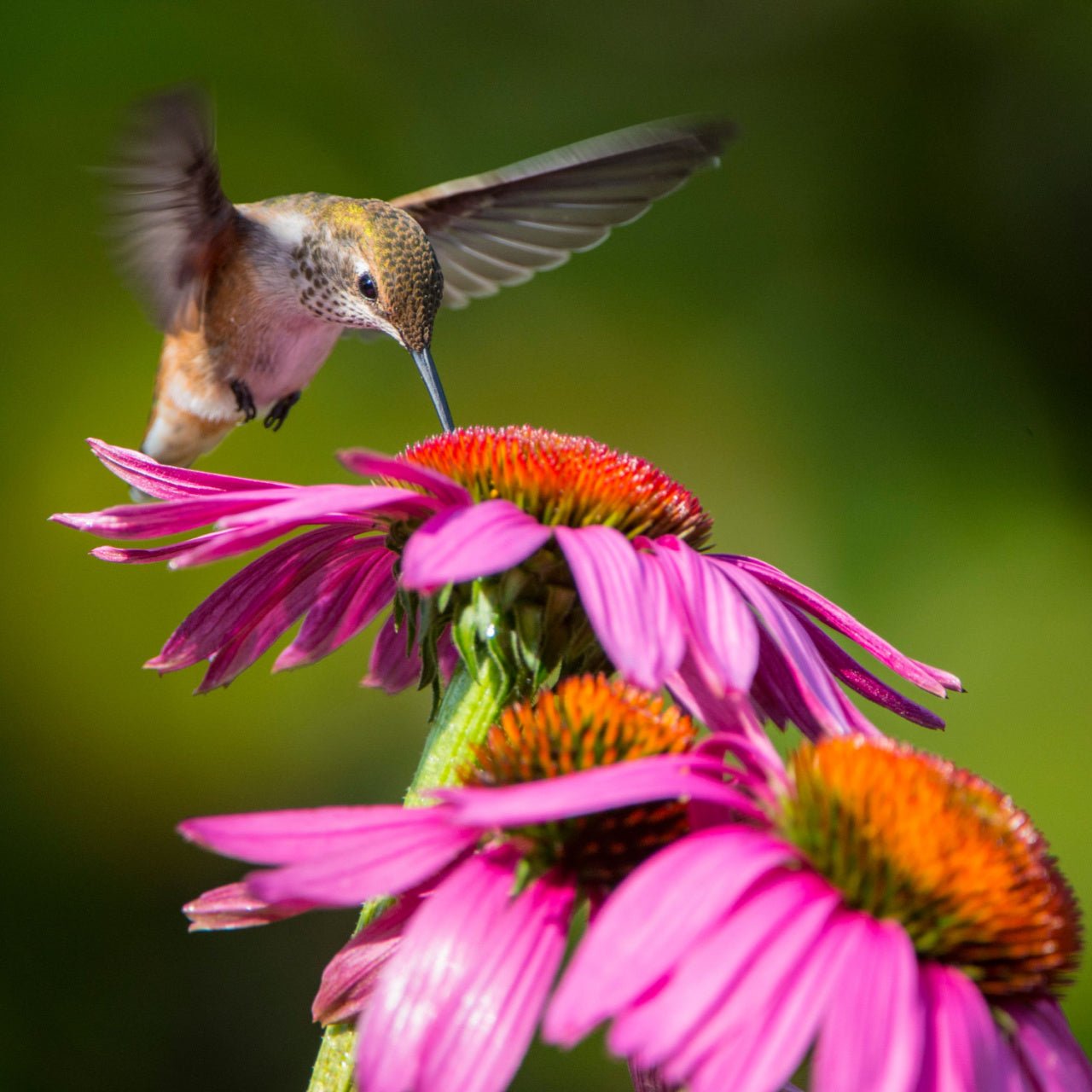




Black Willow
Attracts pollinators
Improves soil stabilization
Enhances wildlife habitat
Thrives in
ZONE 2ZONE 3ZONE 4ZONE 5ZONE 6ZONE 7ZONE 8This plant ships:
November 20251 Year Guarantee on all plants
Black Willow - Salix nigra
The Black Willow (Salix nigra) is a deciduous tree native to the eastern and southern regions of the United States.
Plant Details - Black Willow
Family: Salicaceae
Light Requirement: Full Sun
Water Needs: Moist
Height: 30 - 70 ft.
Spread: 30 – 40 ft.
Growth Rate: Fast
Bloom Time: Winter
Flower Color: Green
Wildlife Value: Attracts bees, butterflies, birds
Landscape Uses and Maintenance - Black Willow
Black Willow is a fast growing, large and multitrunked deciduous tree that will provide great value to your garden or landscape.
This tree has long and slender dark green leaves. Its catkins are not showy and are yellow and green in color. This tree is known for its dark gray bark.
Plant this tree as an ornamental accent or focal point in your yard. You can use this tree to provide some erosion control and soil stability. Ideal for planting near a river or pond.
This tree can be planted in a location with full sun or partial shade.
Wet feet concerns? This tree should be planted in a location that is very moist to wet. If you plant this tree in a drier location, you will need to water it deeply and often to ensure moist levels of water in the soil.
This tree is ideal for planting in low areas that often pool with water, so you can create a rain garden centered around this tree. Water this tree often until it is well established in its new location.
This is a low maintenance tree that is sure to please any gardener. It can be planted in a location with varying soil textures, including clay, sand, or loam. You should avoid planting this tree in compacted soils.
Prune this tree when you notice damaged or decaying branches as this tree ages. The best time to prune this tree is during late winter.
This tree is attractive to birds, bees, and butterflies.
Noteworthy Characteristics
Black Willow will attract butterflies to your garden. This tree is a host plant for butterfly species including the Mourning Cloak, Tiger Swallowtail, and many Viceroy butterflies.
This Is How Your Plants Will Look upon Delivery

Height at Maturity
Over 25 Feet
Care
Water Black Willow regularly, especially during dry periods, to maintain moist soil. Plant in well-drained, sandy, or loamy soil and ensure proper drainage to prevent root rot. Prune annually in late winter to encourage healthy growth and shape.
Plant Reproduction
Black Willow spreads by seeds, root suckers, and vegetative growth
Plant bare root trees during the dormant season in early spring or late fall (November through April). Dig the hole twice as wide as the roots so the soil is well-drained. Position the tree so the root flare is at or just above ground level. Fill the hole back with the soil you dug from and water. Maintain soil moisture, especially in the tree's early years, by providing deep, regular watering. Apply a 2-4 inch mulch away from the trunk at the base to retain moisture and suppress weeds. Prune trees during the first few seasons to establish strength and resilience, remove damaged branches, and continue maintenance pruning as the tree matures. Regularly inspect for pests and diseases and apply integrated pest management practices. Protect young trees from mechanical damage and extreme temperatures with tree guards, and stake them if necessary for support, removing the stakes after one or two years.
Shipping date depends on the date displayed and chosen when you order from the product's page.
We only accept returns on plants verified dead. If you think your plants have died, we offer a 1 year warranty, please use this File a Claim Link to verify dead plants and start with return warranty process.







Generous Shade:
As it matures, the Black Willow Tree provides ample shade, making it perfect for creating cool, relaxing outdoor spaces. It’s ideal for gardens where shade is desired for both comfort and aesthetic appeal.
Effective Erosion Control:
The Black Willow's extensive root system stabilizes soil and prevents erosion, particularly along water bodies and slopes. It’s an excellent choice for managing soil stability in challenging areas.
Rapid Growth:
This tree establishes quickly, providing fast results and immediate visual impact. Its vigorous growth makes it a great choice for those looking to enhance their garden with minimal waiting time.
Natural Air Purifier:
The dense foliage of the Black Willow Tree helps improve air quality by absorbing pollutants and releasing fresh oxygen, contributing to a healthier environment.
Caring Tips
How do I care for my Black Willow?
Each box contains detailed care instructions and information about your product. But here's the basics.
Care Tips
Water Black Willow regularly, especially during dry periods, to maintain moist soil. Plant in well-drained, sandy, or loamy soil and ensure proper drainage to prevent root rot. Prune annually in late winter to encourage healthy growth and shape.
Light Requirements
The Black Willow (Salix nigra) thrives in complete sun, needing at least six hours of natural sunlight everyday. It can also tolerate partial shade but prefers abundant sunlight for optimal growth. This tree is well-suited for wet, low-lying areas.
Hardy Planting Zones
2 • 3 • 4 • 5 • 6 • 7 • 8
Header
Use this content to share information about your store and products.
Frequently Asked Questions
How often should I water my plants?
How do I know if my plant is getting too much or too little sunlight?
What should I do to prepare my plants for winter?
What are the signs that my plant needs fertilizing?
How can I prevent pests from damaging my plants?
How do I choose the right plant for my climate zone?






